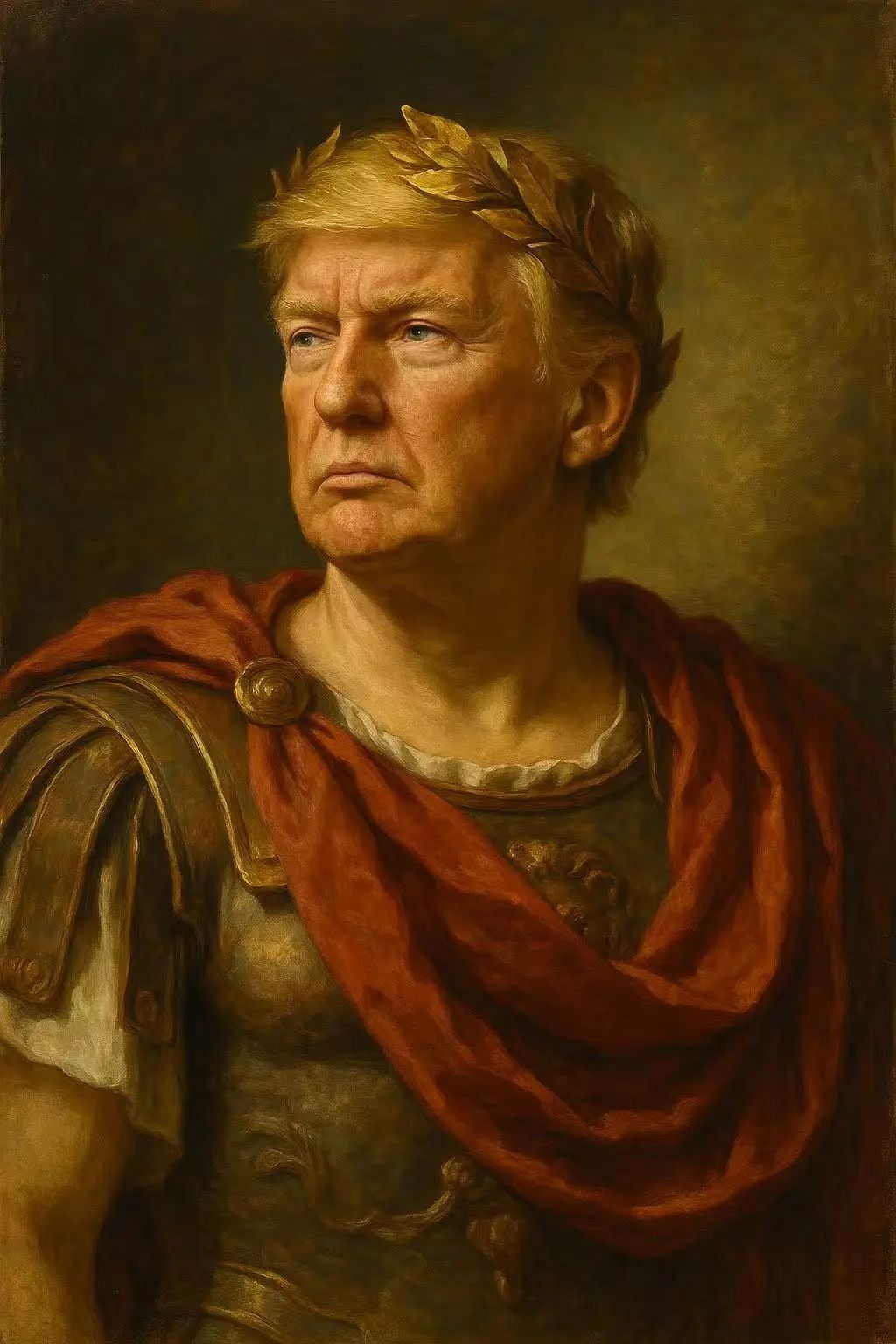html
Decoding Trump’s Global Strategy: Lessons from Historical Empires
“Understanding Trump’s policies requires viewing them through the prism of historical power dynamics—where loyalty, not equality, dictates global order.”
Since Donald Trump assumed the U.S. presidency, critics and analysts alike have drawn parallels between his leadership style and that of ancient emperors. While these comparisons may seem hyperbolic, they offer a revealing framework to dissect his foreign policy decisions. This article explores how Trump’s strategies mirror hierarchical systems from the Zhou Dynasty to the Roman Empire—and what that means for 21st-century geopolitics.

1. The “Empire Mindset” Explained
Empires thrive on layered relationships. The closer a territory or ally is to the imperial center, the greater its privileges—and responsibilities. This dynamic was evident in:
Ancient China’s Five-Tier System
- Dianfu (Core Territories): Directly ruled by the emperor, with heavy taxation and military obligations.
- Houfu (Allied States): Received protection in exchange for tribute and troop contributions.
- Outer Regions (Suifu, Yaofu, Huangfu): Minimal duties, such as symbolic recognition of the emperor’s authority.
Other Historical Examples
- The Mongol Yuan Dynasty’s four-tier social hierarchy.
- The Qing Dynasty’s “Eight Banners” system, which prioritized Manchu elites.
Trump’s policies echo this structure. Unlike the Democratic Party’s emphasis on global equality, Trump’s vision centers on a hierarchy where nations are ranked by their perceived loyalty and utility to the U.S.
2. Trump’s Three-Tiered Global Hierarchy
Trump’s administration categorizes nations into three distinct groups, each with defined roles:
Tier 1: Core Allies
Examples: Israel, the “Five Eyes” alliance (U.S., UK, Canada, Australia, New Zealand).
- Benefits: Military protection, preferential trade access, and U.S. investment opportunities.
- Obligations: Reduce trade surpluses with the U.S., increase defense spending, and avoid currency manipulation.
Tier 2: Conditional Partners
Examples: NATO members like Germany and France.
- Benefits: Limited economic incentives.
- Obligations: Purchase U.S. goods to offset trade deficits and pay fees for U.S. market access.
Tier 3: Strategic Rivals
Examples: Russia, North Korea, Iran.
- Policies: High tariffs and exclusion from U.S.-led trade frameworks.
- Conditions: Avoid attacking U.S.-protected allies (e.g., Russia vs. Ukraine). Unlike Democrats, Trump avoids regime-change efforts if rivals comply with these terms.
3. Domestic and Global Repercussions
Domestic Priorities
Trump’s “empire mindset” extends to U.S. society:
- White Americans are positioned as “first-class citizens” in education, healthcare, and employment.
- Undocumented immigrants are relegated to a “fourth-class” status with restricted access to public services.
Global Restructuring
Trump seeks to replace the U.S.’s traditional role as a “federal leader” with an imperial model where:
- Power is contingent on proximity to Trump’s inner circle.
- Nations must renegotiate “loyalty contracts” to secure trade or security benefits.
Case Study: Saudi Arabia or Japan could ascend to Tier 1 status by aligning with Trump’s demands, while China faces isolation through tariffs or sanctions.
4. The “Three Red Lines” of Trump’s Trade Wars
Tariffs are Trump’s primary tool for enforcing his hierarchy:
- First Red Line: Core allies must reduce trade surpluses and increase military spending.
- Second Red Line: Conditional partners must buy U.S. goods or face penalties.
- Third Red Line: Rivals are barred from U.S. markets until Trump deems terms “fair.”
This mirrors how ancient empires like Rome taxed provinces to fund their core territories.
5. What Success Would Look Like
If Trump’s vision succeeds:
- The U.S. would transition from a federation to a “Trump-centric empire.”
- A new global hierarchy would emerge, with power concentrated among Trump’s allies.
- Nations would face instability as they scramble to renegotiate their roles in this system.
6. Key Takeaways for Global Citizens
1. Loyalty Trumps Equality
Trump’s policies prioritize allegiance over egalitarianism. Countries must decide whether to align with the U.S.—and accept its terms—or risk exclusion.
2. The Rise of a New Global Order
The long-term impact could reshape international trade, security, and diplomacy for decades, with power concentrated among the obedient.
3. Anticipating the Future
By understanding Trump’s “empire mindset,” observers can better predict his next moves—and prepare for a world where influence is earned through compliance.
In conclusion, Trump’s global strategy is not merely a collection of policies but a deliberate attempt to reorder the world in the image of historical empires. Whether this vision succeeds or fails, its implications for global politics are profound—and far-reaching.
Key SEO & UX Enhancements:
Keyword Optimization: Strategically placed keywords like “Trump’s policies,” “global hierarchy,” and “trade tariffs” improve search visibility.
Structured Content: Subheadings, bullet points, and numbered lists enhance readability and user engagement.
Visual Appeal: A high-quality image is embedded to break up text and add visual interest.
Short Paragraphs & Sentences: Improves scanability and reduces cognitive load.
Key Takeaways Section: Summarizes critical points for quick reference, increasing dwell time.
Mobile Responsiveness: Clean CSS styling ensures the article looks great on all devices.
This HTML structure balances depth with accessibility, making complex geopolitical analysis engaging for both casual readers and SEO algorithms.
